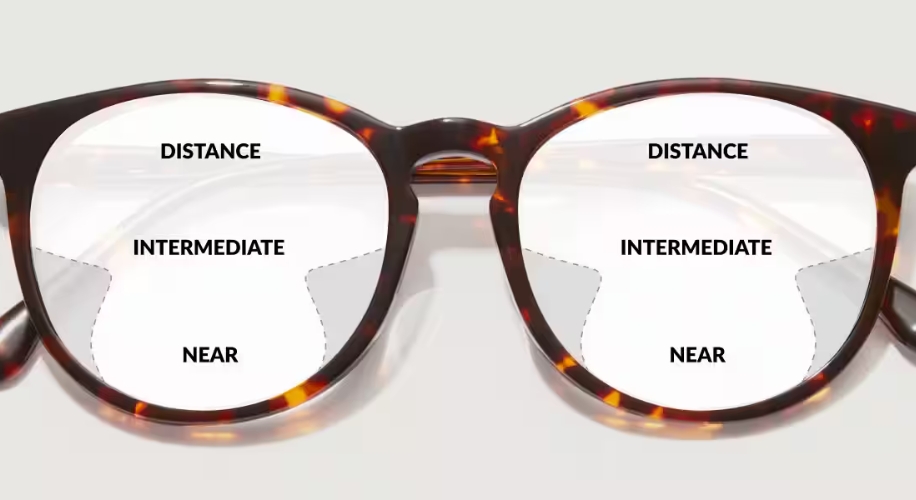How to Adapt to Progressive Lenses
Welcome to Zenni Optical, where we are dedicated to enhancing your eyewear experience. Today, we’ll delve into the world of progressive lenses and equip you with the knowledge you need to effortlessly adjust to these multifocal wonders. Progressive lenses are a revolutionary solution that combines three prescriptions into one lens, providing you with clear vision at various distances, including far, mid-range, and near.
The Magic of Progressive Lenses

Progressive lenses are a game-changer in eyewear. Unlike the old days of bifocals, where you had to juggle different pairs of glasses, progressives allow you to seamlessly transition between near and distance vision without any visible lines or disruptions. Let’s dive deeper into how to make the most of your progressive lenses.
Mastering Progressive Lenses: Easy Steps for Adaptation

Whether you’re new to progressive lenses, have recently updated your prescription, or are exploring a fresh progressive design, it’s crucial to understand that adapting to these lenses may take some time. However, fret not; it’s a simpler process than you might think. To embark on your journey towards mastering progressive lenses, follow these steps:
1. Proper Placement: Begin by ensuring your glasses sit comfortably on your nose bridge.
2. Gazing into the Distance: With your glasses on, direct your attention to the surroundings. When you look straight ahead, your vision should be crisp and clear. If you’re a novice or have experienced a prescription change, allow your eyes some time to adapt to this distance view.
3. Bringing Mid-Range into Focus: To test your mid-range vision, introduce some reading material at arms length into your line of sight.
4. Tilt for Clarity: Focus on the text and gently tilt your head backward. As you do so, you’ll notice the print becoming sharp and clear. This is the mid-range, or intermediate vision, segment of your lenses.
5. Navigating Near Vision: The near or reading portion of your lens may come with some distortion along the left and right sides due to the blending of three prescriptions.
Tips for Smooth Transitions

Adapting to progressive lenses may take some time – typically two to three weeks. Be patient with yourself during this adjustment period, and give your eyes a fair chance to acclimate to this innovative eyewear.
- When gazing at something in the distance, such as a sign or a picturesque landscape, point your nose toward it. This will help you avoid the blurry areas and make your distance viewing more comfortable.
- For mid-range tasks, like using a computer, maintain a straight head position while lowering your gaze to the desired area.
- When reading or working on tasks up close, drop your eyes and raise your chin. This action will direct your vision through the near portion of the lens, where near vision is optimized.
A Final Tip

To aid your eyes in adjusting to your new lenses as quickly as possible, resist the temptation to switch back and forth between your progressive lenses and any older pairs of glasses you might have lying around.
Progressive lenses are a fantastic innovation, and with a little patience and practice, you’ll soon be navigating your world effortlessly. At Zenni Optical, we are committed to providing you with eyewear solutions that not only enhance your vision but also make a seamless transition into progressive lenses. So, embark on this journey with confidence, and embrace the clarity and convenience that progressive lenses bring to your life.
About the Author: Dr. Sophia Moh, OD, ABOC
Dr. Sophia Moh, OD, is an optometrist based in the Bay Area, California. She holds a doctorate from UC Berkeley School of Optometry and has worked in various eye care settings, including primary care optometry, general ophthalmology, community health clinics, and Veterans Affairs. Dr. Moh is dedicated to improving global vision health by making high-quality, affordable eyewear accessible to all. She is also a certified American Board Optician (ABO) and actively contributes to optical education through training and lectures.



 United States
United States